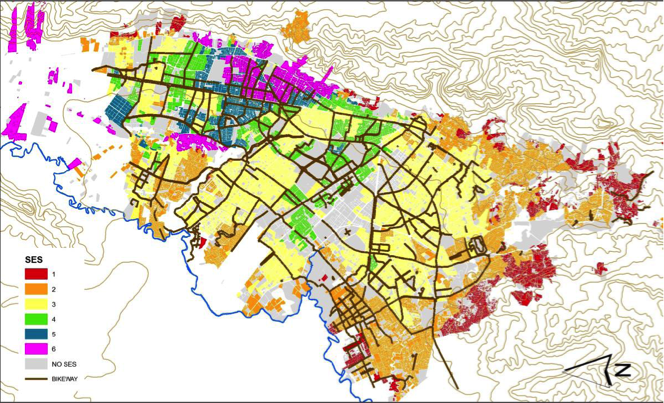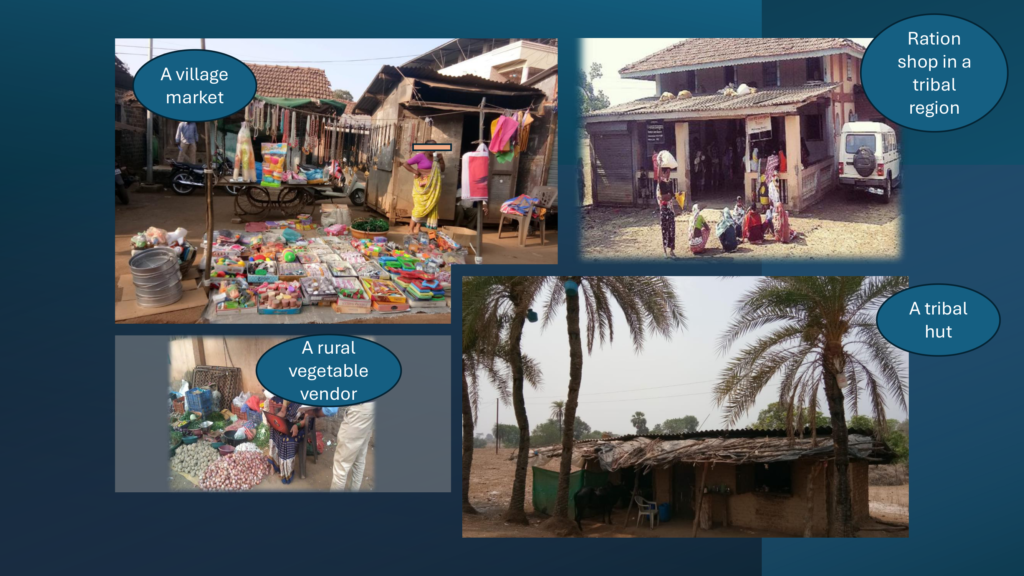City Know-hows

To create healthy urban places and spaces, public acceptance is key to success.
Share
Target audience
City and municipal planners, public health officials, elected officials at municipal level, health promotion practitioners, citizens
The problem
Poor eating habits and physical inactivity are linked to rising rates of obesity and related chronic conditions. The built environment plays a significant role in shaping these behaviours. To be effective, interventions and policies that transform the built environment to encourage healthy choices must be accepted by the public. However, the lack of context-specific Canadian data on acceptability highlights the need for further research to guide practice and address public health challenges.
What we did and why
We examined the level of agreement among adults in two major cities in Saskatchewan, Canada, to implement built environment interventions and policies promoting healthy eating and physical activity. We explored the individual and neighbourhood-level factors that influenced their agreement. We also looked at the effect of the degree of intrusiveness of the interventions, and policies on agreement. The study’s findings will have practical implications for designing more acceptable interventions to promote healthier behaviours in the population.
Our study’s contribution
We found that:
Recently implemented and proposed built environment changes in the cities may have impacted the study’s findings.
Impacts for city policy and practice
We found that:
Although more research is necessary to understand motivational differences between demographic groups, we can suggest cities need to consider the following;
Further information
Full research article:
Acceptability of built environment interventions to improve healthy eating and physical activity among city dwellers in Saskatchewan, Canada: THEPA findings from a local context by Sahana Ramamoorthy, Lise Gauvin, and Nazeem Muhajarine.
Related posts

Lack of ‘Ciclorutas’ (bicycle lanes) in Bogota’s neighbourhoods of low socio-economic status shows inequality in the access to active transportation options, potentially increasing health disparities.

This paper shows design tools and views of experienced practitioners in active urban design against a theoretical backdrop. It describes the creation process, including opportunities and inspiration to further improve the practice.

Overweight and obesity among mothers in the urban setting was twice compared to the rural. The percentage of households with an undernourished child and an overnourished mother was high in urban settings.